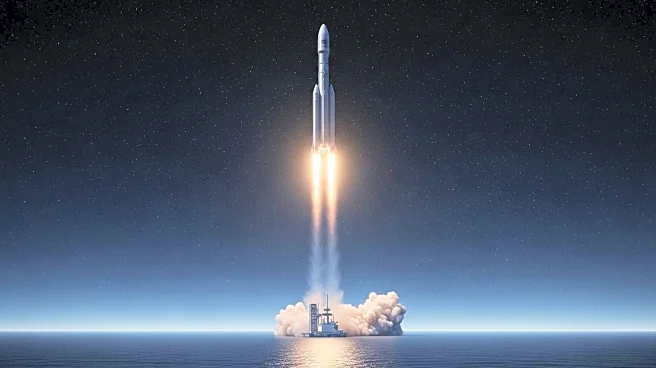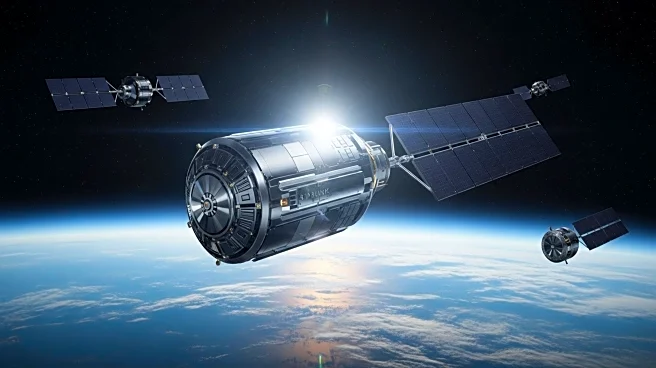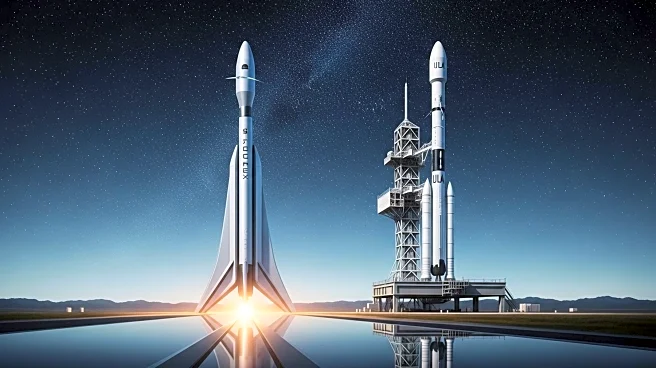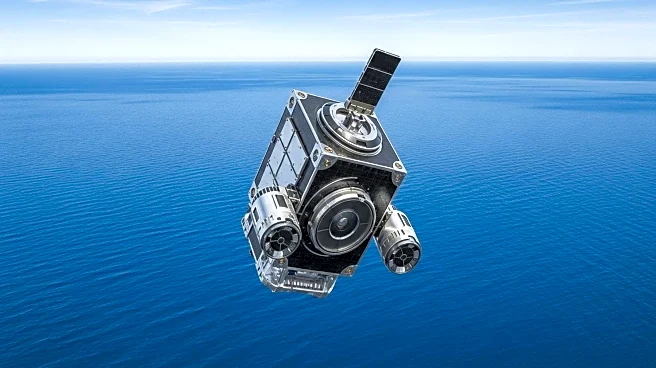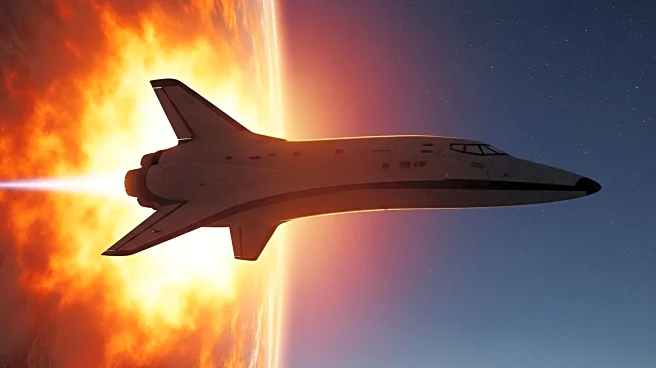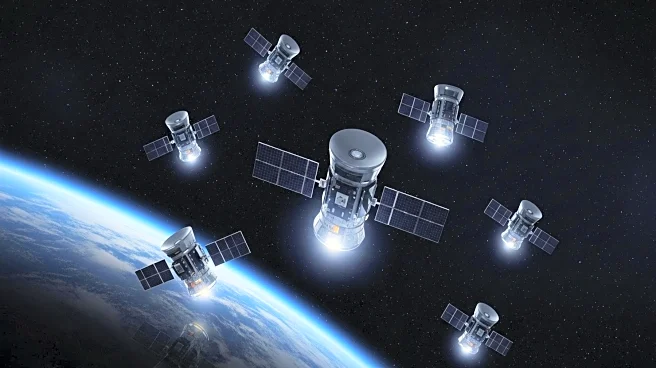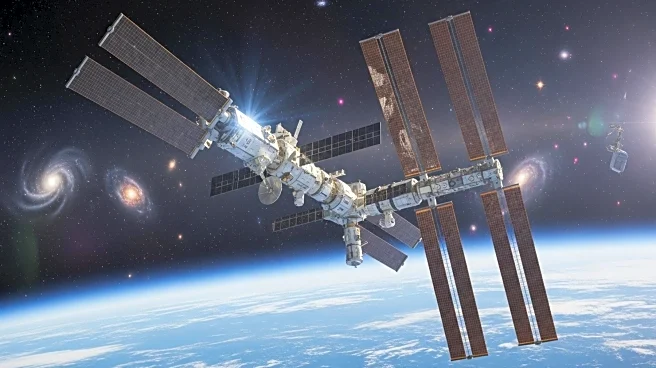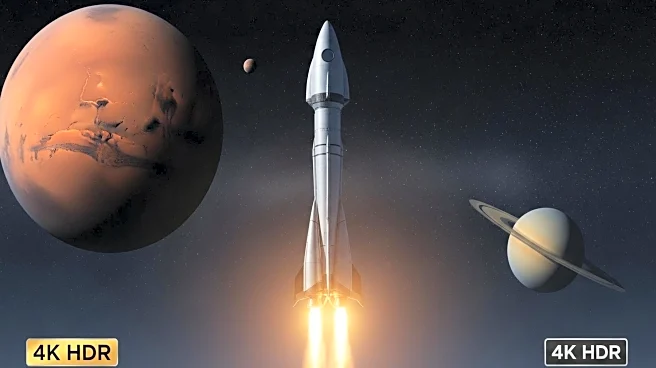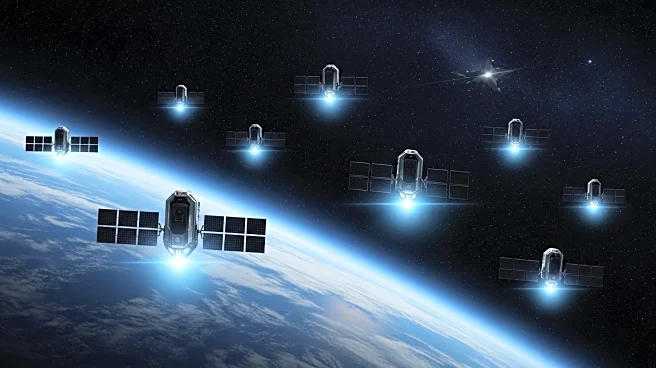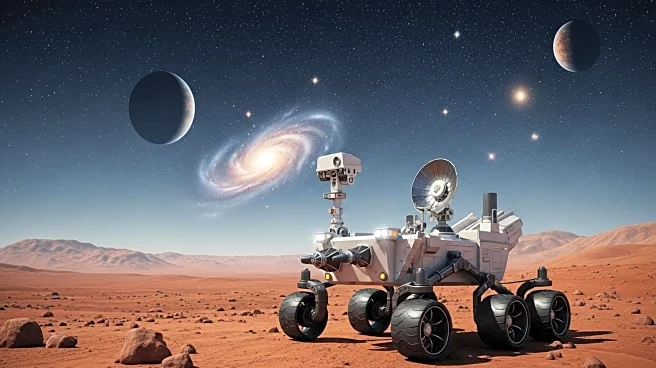What's Happening?
SpaceX successfully launched a Falcon 9 rocket carrying 28 Starlink V2 Mini satellites from Vandenberg Space Force Base. The launch took place at 8:54 p.m. PDT, marking another step in expanding the Starlink megaconstellation in low Earth orbit. The mission, known as Starlink 11-17, utilized the Falcon 9 booster B1071, which has now completed its 29th flight. This booster has previously supported missions for NASA and the National Reconnaissance Office. Following the launch, the booster achieved an autonomous landing on the drone ship 'Of Course I Still Love You,' marking the 156th successful landing on this vessel and the 516th booster landing overall.
Why It's Important?
The expansion of the Starlink satellite network is significant for global internet connectivity, particularly in remote and underserved areas. By increasing the number of satellites in orbit, SpaceX aims to enhance the coverage and reliability of its internet service. This development is crucial for bridging the digital divide and providing high-speed internet access to regions lacking traditional infrastructure. Additionally, the successful reuse of the Falcon 9 booster underscores SpaceX's commitment to cost-effective and sustainable space operations, potentially lowering the cost of satellite launches and making space more accessible.
What's Next?
SpaceX is expected to continue its aggressive launch schedule to further expand the Starlink constellation. As more satellites are deployed, the company will likely enhance its service offerings and increase its customer base. The ongoing success of booster landings also suggests continued advancements in reusable rocket technology, which could lead to more frequent and affordable space missions. Stakeholders, including internet service providers and global telecommunications companies, may respond by exploring partnerships or competitive strategies to leverage or counter SpaceX's growing influence in the satellite internet market.

